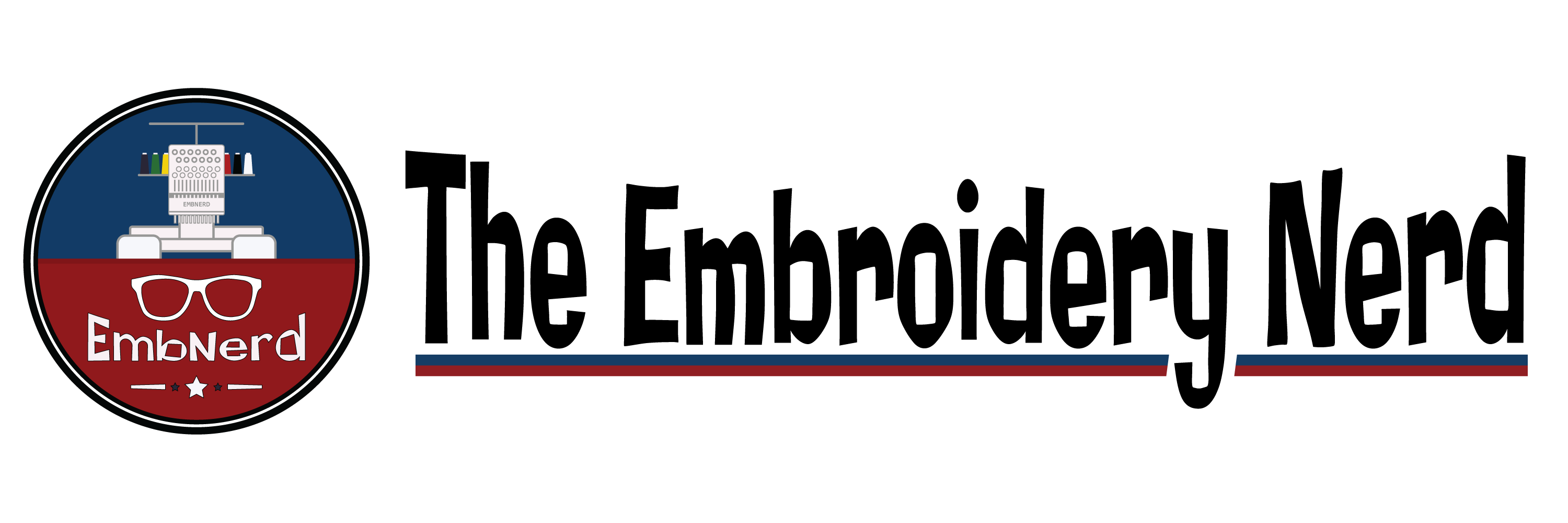We are performing upgrades to our website
We have decided to make the decision that our current site is slow and we need to replace it. If you have a current order with us and need assistance, please email us at info@theembroiderynerd.com. Thank you for your patience!
Webinars/Education: If you purchased a webinar on this site, please utilize https://embroiderynerduniversity.com instead. If you require assistance, please email us at info@embroiderynerduniversity.com or info@theembroiderynerd.com. All accounts and sales have been manually transferred over and there is no cost to you.

